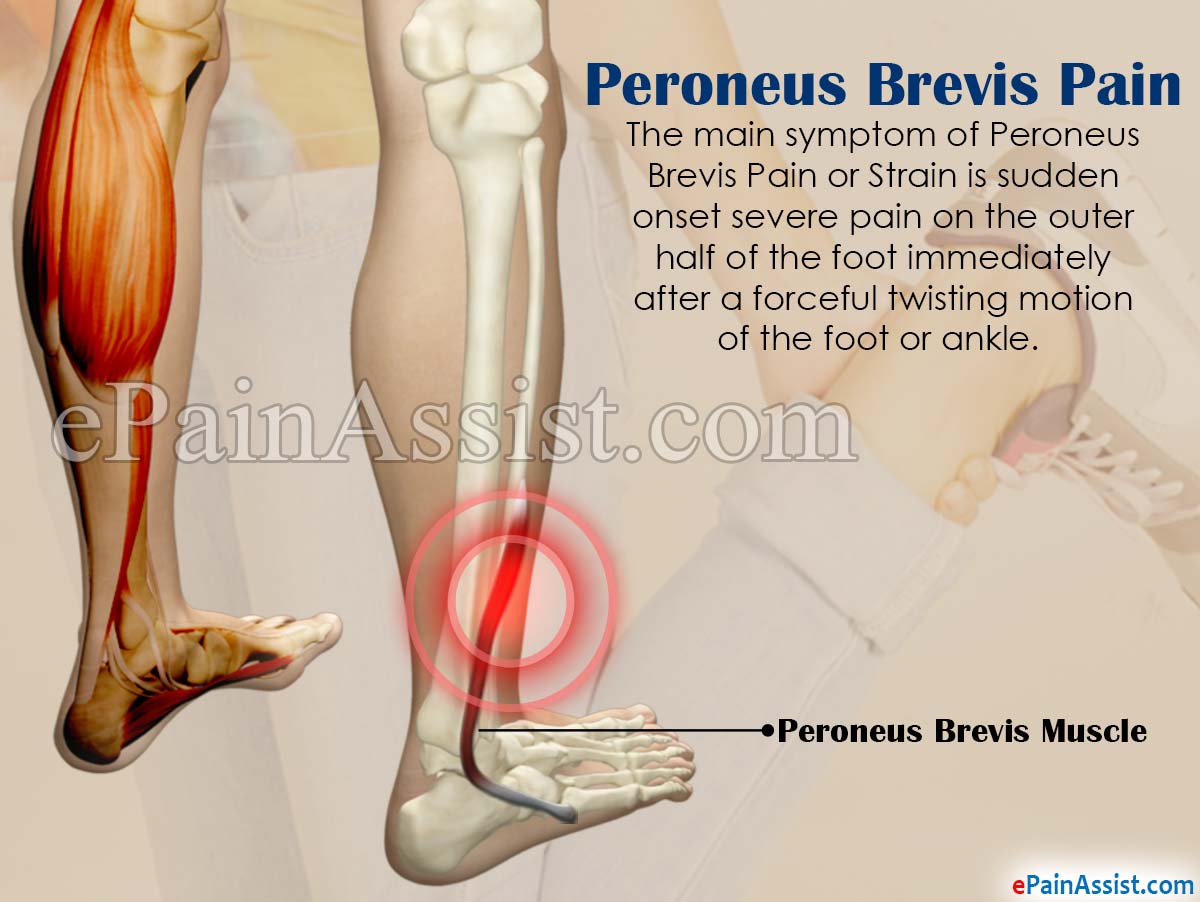What is Peroneus Brevis Muscle and What is its Function?
The Peroneus Brevis Muscle is also known by the name of Fibularis Brevis Muscle. This short muscle is situated right beneath the Peroneus Longus Muscle and belongs to the muscles of the peroneal group which extend to the outer portion of the lower legs and foot. This muscle attaches itself to the lower part of the fibula and fifth metatarsal bone of foot. The Peroneus Brevis Muscle is innervated by the superficial peroneal nerves. The Peroneus Brevis Muscle is an important part of the structure of the foot and plays a vital role in flexion of the ball of the foot and eversion of the inner part of the foot. Both of these are important when walking on uneven surfaces and maintaining the body balance when doing so. Peroneus Brevis pain is experienced if the muscle gets injured or strained mainly by overuse or walking on even surfaces. Peroneus Brevis pain can also be sustained on getting injured by a trauma of some sort like a slip and fall with rotation of the foot or accidental twisting of the foot while stepping off of a curb. Treatment for Peroneus Brevis pain or strain is basically conservative with antiinflammatory agents, wraps, ice, warm compresses, and exercising.

Signs and Symptoms of Peroneus Brevis Pain or Strain
The main symptom of Peroneus Brevis Pain or Strain is sudden onset severe pain on the outer half of the foot immediately after a forceful twisting motion of the foot or ankle. There may also be presence of a bruise along with swelling and tenderness in the affected area. The person with peroneus brevis pain or strain will find it difficult to get up and walk without support. The peroneus brevis pain will become worse with any attempts at everting the foot outwards.
What Can Cause Peroneus Brevis Pain or Strain?
Due to the location of the peroneus brevis muscle being in and around the ankle and lower part of the foot, it is vulnerable to injuries especially with overuse such as in those people who need to walk a lot on uneven surfaces. Peroneus Brevis pain or strain may also occur in cross country runners who run on uneven surfaces for long distances. A trauma to the foot as a result of a fall resulting in forceful twisting of the foot and ankle can also result in peroneus brevis pain or strain.
What is the Treatment for Peroneus Brevis Pain or Strain?
Treatment for peroneus brevis pain or strain or injury is normally conservative. Some of the treatment measures are:
Adequate Rest: To begin with, the patient needs to rest and not bear on the injured foot for a week or so to allow healing of the peroneus brevis pain or strain to occur. Rest will also allow inflammation and swelling to come down.
Heat and Ice Therapy to Treat Peroneus Brevis Pain: The next step towards treatment for Peroneus Brevis pain or strain is application of heat and ice. The patient may apply ice packs to the injured area for 15-20 minutes two to three times a day. The patient can also use warm compresses to the injured foot to calm down the swelling and inflammation associated with peroneus brevis pain or strain. One should make sure that both ice and warm treatments should not be given simultaneously.
NSAID to Treat Peroneus Brevis Pain: The next step towards treatment is use of antiinflammatory medications to reduce pain and inflammation associated with peroneus brevis pain or strain.
Exercises for Peroneus Brevis Pain: After a period of rest for about two weeks, the patient should start gradual stretching and strengthening exercises to regain lost strength and flexibility of the injured foot so that return to normal activity may be expedited.
What is the Recovery Period for Peroneus Brevis Pain or Strain?
In majority of cases of peroneus brevis pain or strain, the recovery period is about a week of immobilization with no weightbearing on the affected foot. This is followed by stretching and strengthening exercises with partial weightbearing on the affected foot. After about two weeks of partial weightbearing, the patient can gradually return to full weightbearing as tolerated and slowly return back to normal activities as the pain allows. After about three weeks, the patient can return to all normal activities.
